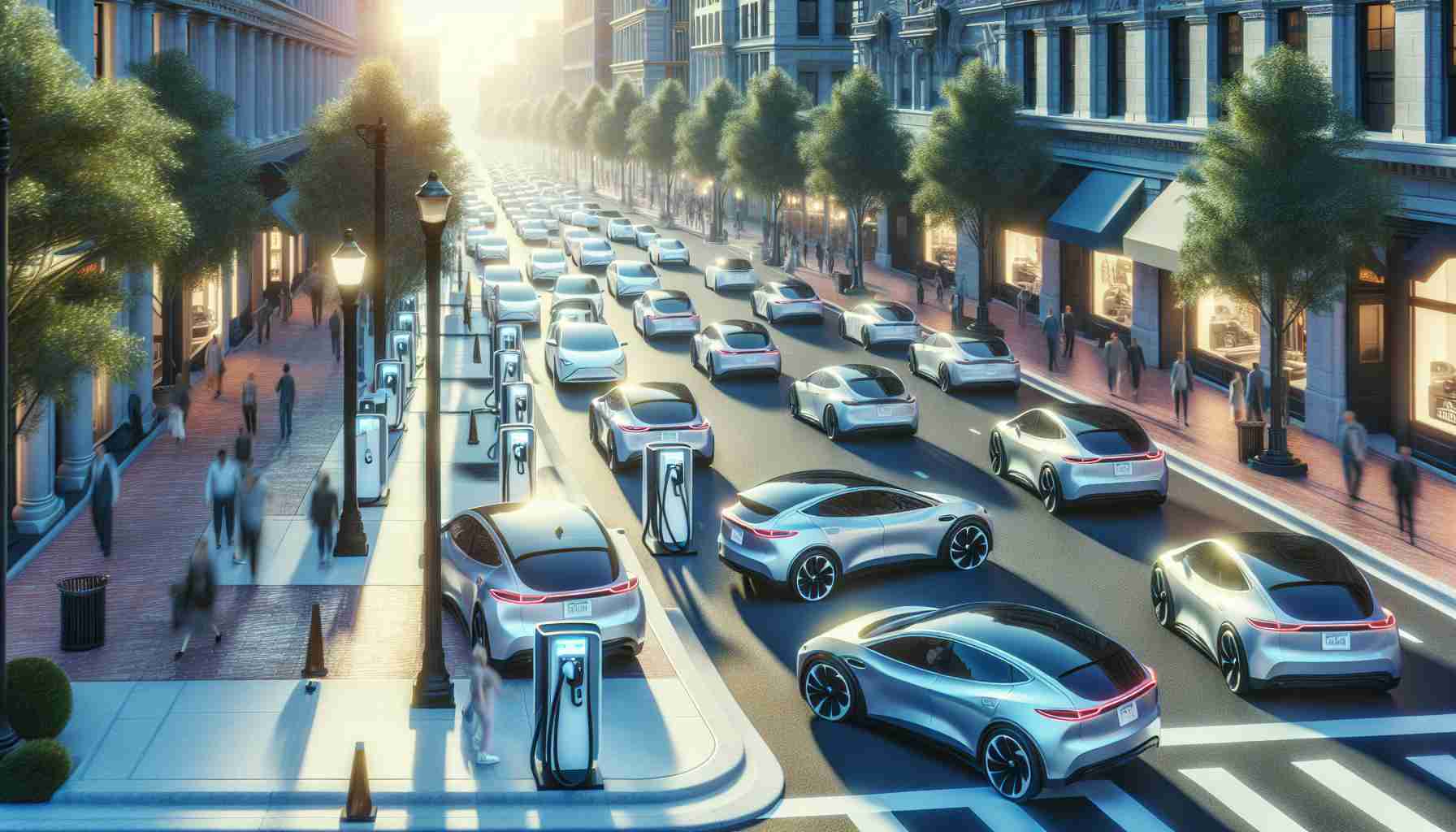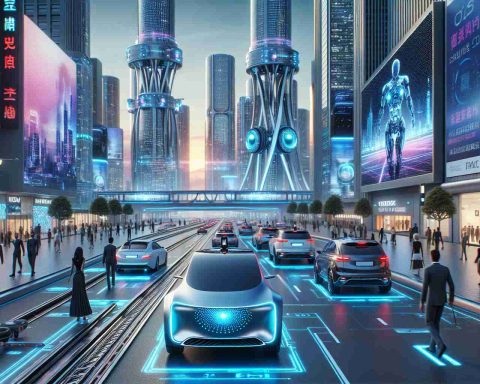The Race to 900,000 Electric Vehicles by 2030
A bold initiative is underway in Massachusetts to put 900,000 electric vehicles (EVs) on the road by 2030, but the path to success is fraught with challenges. While securing governmental funding is not the hurdle, the distribution of that funding is increasingly proving to be problematic.
Experts indicate that approximately 75,000 public charging stations will be vital to support this ambitious EV target. Current data reveals that only 8,800 fast chargers are operational, highlighting a significant infrastructure gap.
The state’s Department of Environmental Protection (DEP) has several grant programs designed to motivate the deployment of essential charging infrastructure. However, a recent analysis of a $13 million grant initiative aimed at establishing 300 fast chargers found that just 50 were installed over two years. Projections suggest that fewer than 200 will ultimately be completed, with over 100 recipients opting out, leaving up to $5 million in available funding unused.
As an expert with the Green Energy Consumers Alliance pointed out, establishing robust charging infrastructure remains a significant obstacle. Currently, Massachusetts boasts 89,300 registered electric vehicles, but there’s hope that this number can multiply dramatically by 2030. The expert draws parallels to California’s years of gradual adoption, which eventually saw exponential growth in EV sales and infrastructure. The optimism for a similar trajectory in Massachusetts remains high.
Societal and Economic Implications of EV Adoption
The ambitious goal of 900,000 electric vehicles (EVs) in Massachusetts by 2030 has broader implications that reach far beyond state borders. As adoption rates increase, the shift towards EVs could fundamentally reshape the global automobile industry, pushing manufacturers to innovate and invest heavily in sustainable technologies. This transformation fosters job creation in renewable energy sectors, potentially leading to thousands of new roles related to EV production, maintenance, and infrastructure development.
Furthermore, a successful transition to electric vehicles will have profound environmental implications. The transportation sector is one of the largest contributors to greenhouse gas emissions, and a sizable increase in EV usage promises to significantly curb emissions. Consequently, this initiative could bolster Massachusetts’ position as a leader in climate action, potentially inspiring similar endeavors internationally.
While the current challenges in charging infrastructure are daunting, they offer a unique opportunity to rethink urban planning and energy consumption. Cities might witness a surge in renewable energy installations, including solar and wind, as the demand for clean energy rises alongside EV usage.
In the long term, if the state can successfully implement robust charging networks, consumer confidence in EV technology may soar, fostering habits toward more sustainable living and diminishing reliance on fossil fuels. The cultural shift toward sustainability, coupled with enhanced technological advancements, signals a new era where green transportation is not just an ideal but a reality. Ultimately, Massachusetts’ bold initiative serves as a crucial test case that could inform policies and practices on a global scale.
The Electric Vehicle Revolution: Can Massachusetts Meet Its 2030 Goals?
The Race to 900,000 Electric Vehicles by 2030
Massachusetts has embarked on an ambitious journey to register 900,000 electric vehicles (EVs) by 2030, aiming to becoming a leader in sustainable transportation. However, achieving this goal requires overcoming significant obstacles, particularly in the realm of infrastructure.
# Infrastructure Challenges
To support this rapid adoption of EVs, experts estimate that around 75,000 public charging stations will be necessary. Currently, the state faces a stark contrast, with only 8,800 fast chargers available for a burgeoning EV market. The challenge is not merely the number of chargers but also their strategic placement to ensure accessibility across urban and rural areas.
The Massachusetts Department of Environmental Protection (DEP) has implemented several grant programs to incentivize the development of charging infrastructure. Nonetheless, a recent review of a $13 million grant initiative aimed at deploying 300 fast chargers revealed a troubling statistic: only 50 chargers were installed over two years. Final projections suggest that fewer than 200 charging stations will be operational, exacerbated by over 100 grant recipients opting out and leaving significant funding untapped.
# Insights and Innovations in Charging Technology
To bridge the infrastructure gap, new technologies and approaches are emerging. Innovations such as wireless charging, solar-powered charging stations, and smart grid integration are being explored to enhance the charging experience and efficiency. Additionally, partnerships with private companies and utilities are essential for accelerating the installation of these technologies.
# Comparing EV Adoption Rates: Massachusetts vs. California
Massachusetts can draw lessons from California’s experience in EV adoption. Initially, California faced similar challenges but successfully implemented policies and infrastructure investments that paved the way for extensive EV uptake. The result was an impressive increase in both EV sales and the required infrastructure, demonstrating the potential for Massachusetts to overcome its current hurdles.
# Market Analysis and Future Predictions
The market for electric vehicles is projected to grow significantly, influenced by a combination of eco-conscious consumer behavior, improved technology, and government incentives. Analysts suggest that if Massachusetts can effectively address its infrastructure issues, it could see exponential growth in registered EVs as early as 2025, positioning the state as a leader in the EV market.
# Pros and Cons of the Initiative
Pros:
– Reduces greenhouse gas emissions and reliance on fossil fuels.
– Promotes technological innovation and job creation in the clean energy sector.
– Enhances public health by reducing air pollution.
Cons:
– Significant initial investment required for infrastructure development.
– Risk of underutilization of funds with challenges in project execution.
– Potential inequalities in EV support in rural vs. urban areas.
# Conclusion: The Path Forward
The path to 900,000 electric vehicles by 2030 is undeniably challenging, yet Massachusetts has the potential to succeed if it can effectively manage its funding distribution and work towards robust charging infrastructure. As experts remain optimistic, a collaborative effort involving government, businesses, and consumers will be essential for realizing this vision.
For more information about sustainable transportation initiatives, visit Massachusetts Government.









